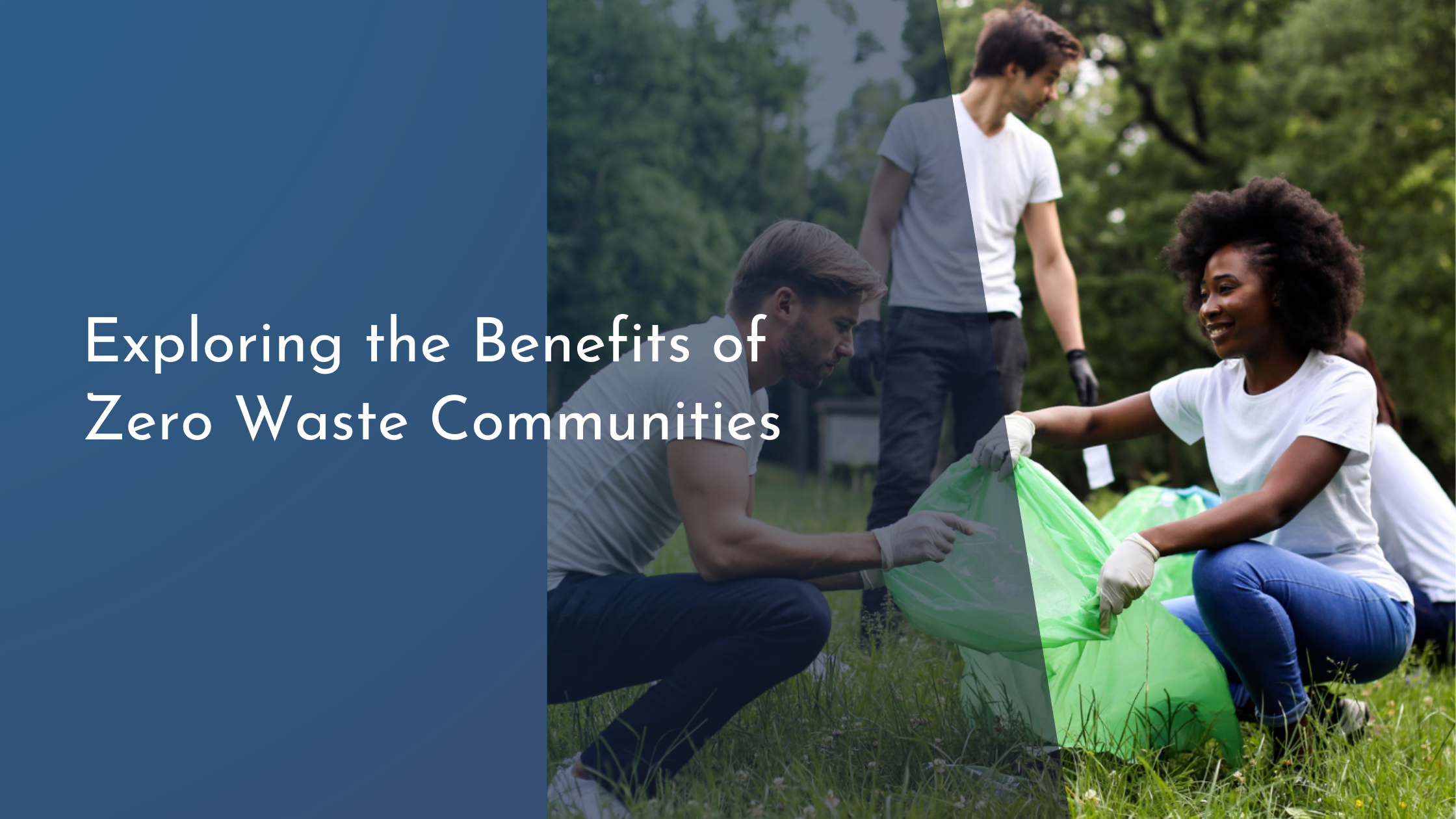Exploring the Benefits of Zero Waste Communities
As concerns about climate change and environmental degradation intensify, many communities are turning to innovative approaches to reduce their ecological footprint. One such approach is the zero waste movement, which aims to minimize waste generation through sustainable practices and responsible consumption. By embracing a zero waste lifestyle, individuals and communities can significantly reduce their environmental impact while fostering a more sustainable way of living. In this article, we’ll delve into the essence of the zero waste movement, explore its key benefits, highlight inspiring examples of zero waste communities, and conclude with thoughts on embracing a greener future.
Understanding the Zero Waste Movement
The zero waste movement is a holistic approach dedicated to minimizing the amount of waste sent to landfills by focusing on waste prevention, reduction, and resource recovery. At its core, zero waste encourages individuals and communities to adopt sustainable habits, such as reusing and repurposing products, composting organic waste, and supporting circular economies. By prioritizing resource efficiency and advocating for sustainable product design, the movement seeks to create a closed-loop system where resources are continuously reused rather than discarded.
In essence, the zero waste philosophy challenges the traditional linear model of “take, make, dispose” by emphasizing the importance of viewing waste as a resource. This approach not only benefits the environment by reducing pollution and conserving natural resources but also encourages economic innovation by promoting sustainable business practices. As more people become aware of the environmental impact of waste, the zero waste movement continues to gain momentum, inspiring individuals and communities to adopt more sustainable lifestyles.
Key Advantages of Zero Waste Living
One of the most compelling benefits of zero waste living is its positive impact on the environment. By reducing the amount of waste generated, communities can significantly decrease their carbon footprint, leading to cleaner air and water, and healthier ecosystems. Furthermore, zero waste practices such as composting help to enrich soil, promote biodiversity, and reduce the need for chemical fertilizers, contributing to a more sustainable agricultural system.
Beyond environmental benefits, zero waste living also fosters economic savings and community resilience. By focusing on reducing, reusing, and repairing, individuals can save money on purchasing new products and disposing of waste. Communities that embrace zero waste practices often see economic growth through the development of local recycling and composting industries. Moreover, zero waste initiatives can strengthen community ties, as individuals come together to share resources, knowledge, and sustainable living practices, leading to a more connected and resilient society.
Inspiring Zero Waste Community Examples
One shining example of a zero waste community is Kamikatsu, a small town in Japan that has made significant strides in its waste management practices. By implementing an extensive waste separation program with over 45 categories, Kamikatsu has successfully diverted approximately 80% of its waste from landfills. The town’s commitment to zero waste has not only reduced its environmental impact but also fostered a sense of community pride and collaboration among residents.
Another inspiring case is San Francisco, a city that has become a global leader in waste reduction through its ambitious zero waste goals. By implementing comprehensive recycling and composting programs and enforcing strict waste reduction policies, San Francisco has managed to divert over 80% of its waste from landfills. The city’s success serves as a model for other urban areas seeking to adopt sustainable waste management practices and demonstrates the transformative potential of zero waste initiatives on a larger scale.
Conclusion: Embracing a Greener Future
The transition to zero waste communities represents a crucial step towards a more sustainable and environmentally-friendly future. By understanding the principles of the zero waste movement and adopting its practices, individuals and communities can play an active role in reducing waste and promoting sustainability. The success stories of communities like Kamikatsu and San Francisco illustrate the tangible benefits of embracing zero waste living and serve as powerful examples for others to follow.
As we navigate the challenges posed by climate change and environmental degradation, embracing zero waste practices can offer a pathway to a brighter, greener future. By reducing waste, conserving resources, and fostering community collaboration, zero waste communities serve as beacons of hope and progress. Let us take inspiration from their successes and work together to create a sustainable world for future generations.

